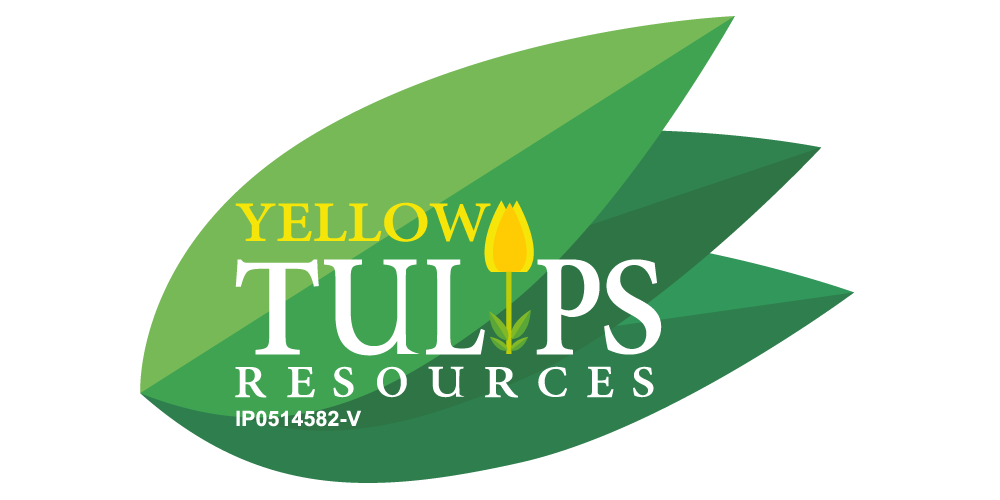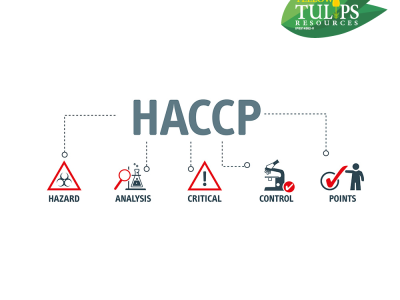COURSE DESCRIPTION
Millions of workers are required to wear respirators in various workplaces throughout the United States. Respirators protect workers against insufficient oxygen environments, harmful dusts, fogs, smokes, mists, gases, vapors, and sprays. These hazards may cause cancer, lung impairment, diseases, or death. Compliance with the OSHA Respiratory Protection Standard could avert hundreds of deaths and thousands of illnesses annually.
Respirators protect the user in two basic ways. The first is by the removal of contaminants from the air. Respirators of this type include particulate respirators, which filter out airborne particles, and air-purifying respirators with cartridges/canisters which filter out chemicals and gases. Other respirators protect by supplying clean respirable air from another source. Respirators that fall into this category include airline respirators, which use compressed air from a remote source, and self-contained breathing apparatus (SCBA), which include their own air supply.
Course Features
- Lectures 0
- Quizzes 0
- Duration 69 hours
- Skill level All levels
- Language English
- Students 50
- Assessments Yes




